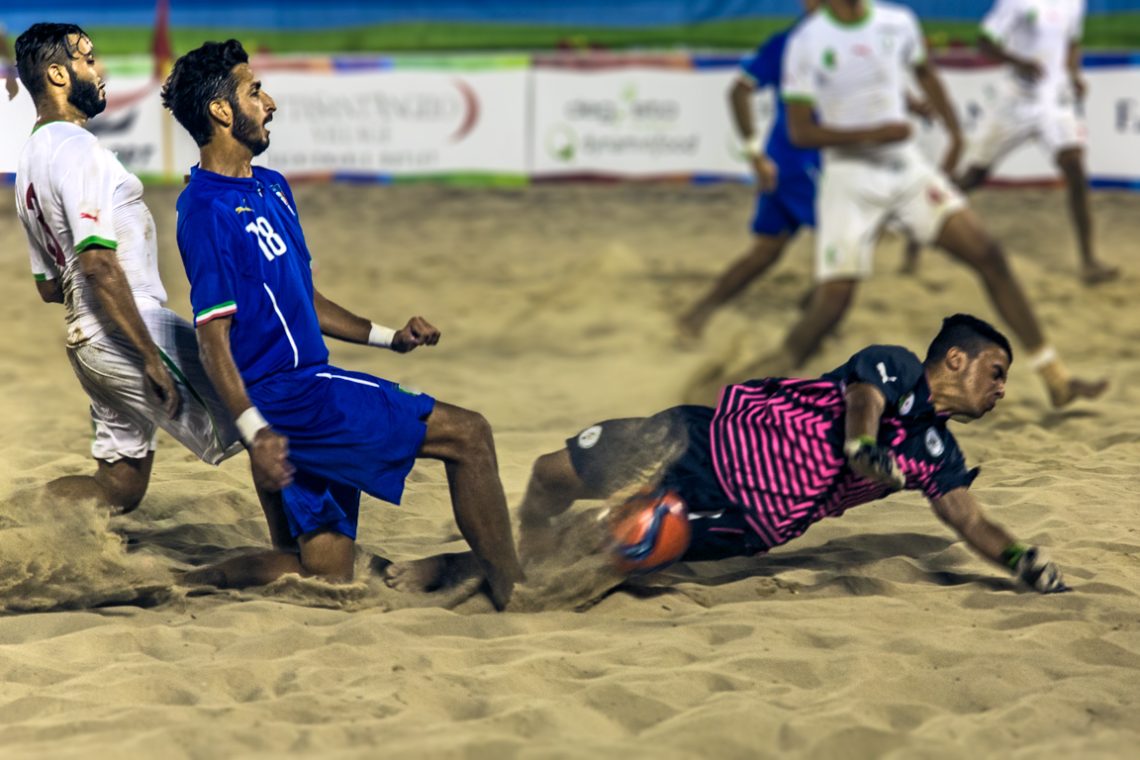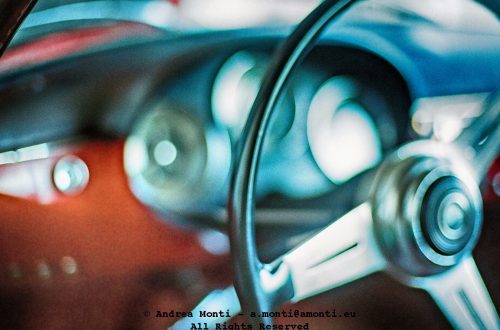
@ Mediterrean Beach Games 2015 – Italian Beach Soccer Team (and a primer on sport-photography, part 4)
Part 1 – Intro, Before the event, getting your media pass
Part 2 – Before the event, having your media pass working for you
Part 3 – During the event, get ready for the show
2 – How to choose which event attend to
Possibly the most difficult thing to handle in multi-competition events is how to select the sport and the stage (qualifications, semi-finals, first-second place final etc.)
Unless you’re working for a specific team as its official photographer or asked to mainly portrait sponsor’s banner (yes, this happens in sport-photography: athletes are just a way to channel the eyes on a chocolate bar or a bottle of wine), your main goal is to shoot “the moment”, what turns an ordinary image into a catching photo.
This means that the logic of the sport/stage selection should be backed by the answer to this question: where the most spectacular things are going to happens? As soon as you find a proper answer, you increase the chance of getting good shots. But this is easier said than done.
a – (Get to) know the sport
If you shoot a sport you understand (or, better, you actually do or did) you’re clearly at an advantage over your colleagues/competitor. You know the game dynamics, the teams, the athletes, the ranking, the rivalries and so on. This knowledge makes easier to select an option and allows you to take educated guessed on where the most interesting things are likely to happens. Think of a re-match between to champions, of an attempt to get an Olympic-pass, or set a world record.
If you’re alien to a specific sport you have to improvise, get a crash-course, and be a fast, fast learner, but how?
Answer(s):
- follow the sport you don’t know about since the preliminary phases, and try to understand the way the athletes interact: after a while you start seeing patterns, recognizing movements and anticipating actions. Only then begin your session,
- look for the more well-built and elegant athletes. A strong body is better suited to perform demanding actions, and among the strong athletes, the most elegant will offer better chance for a good picture,
- try to identify another photographer who knows the game and study his approach. Look for angles, positions and time of his photos. Try to mirror him first but, as soon as you start understanding how the ball rolls, go for your style.
b – Disciplines, Gear and Mobility
A multi-sport event has a main disadvantage: to be sure of being ready for everything you might end up with a backpack so full of gear that might break your spine or – worse – makes you lose “the moment” because of the time you need to assess-search-couple the right body with the right lens.
It would be better select disciplines that shows similarities in terms of game dynamics and media stands, so that you can avoid to arrive on the spot “lock and loaded” just to discover that half of the gear you carried is useless.
For instance, if the organizers “confined” the photoreporter in a specific area where wide angles and normal primes are useless just get a long tele. On the contrary, if you are allowed to stay close to the playing area, you may think of leaving at the hotel you 300/2,8 and go for “close-up” lenses.
But, again, how do you chose? The answer remains the same: enforce the military 5P rule: Planning and Preparation Prevent Pissing Performance.
In the context of a sport event, this means having the programme at hands, knowing about the last (often unannounced) changes, talk in advance with security and staff crews to see if there is some “flexibility” in the positioning.





